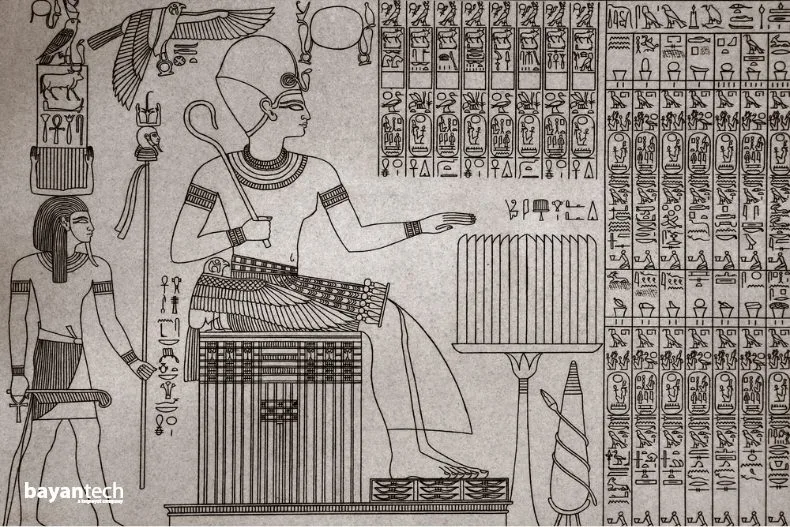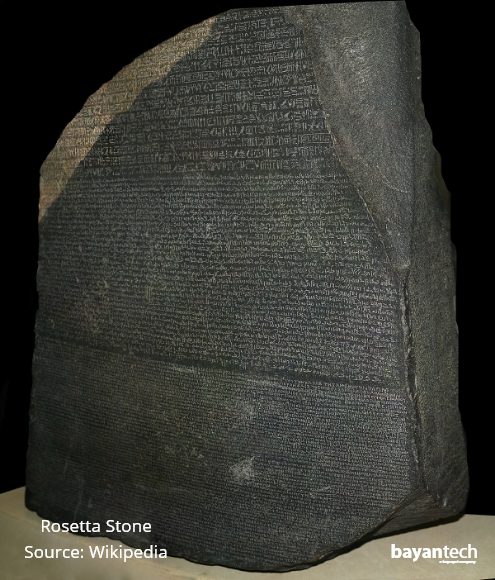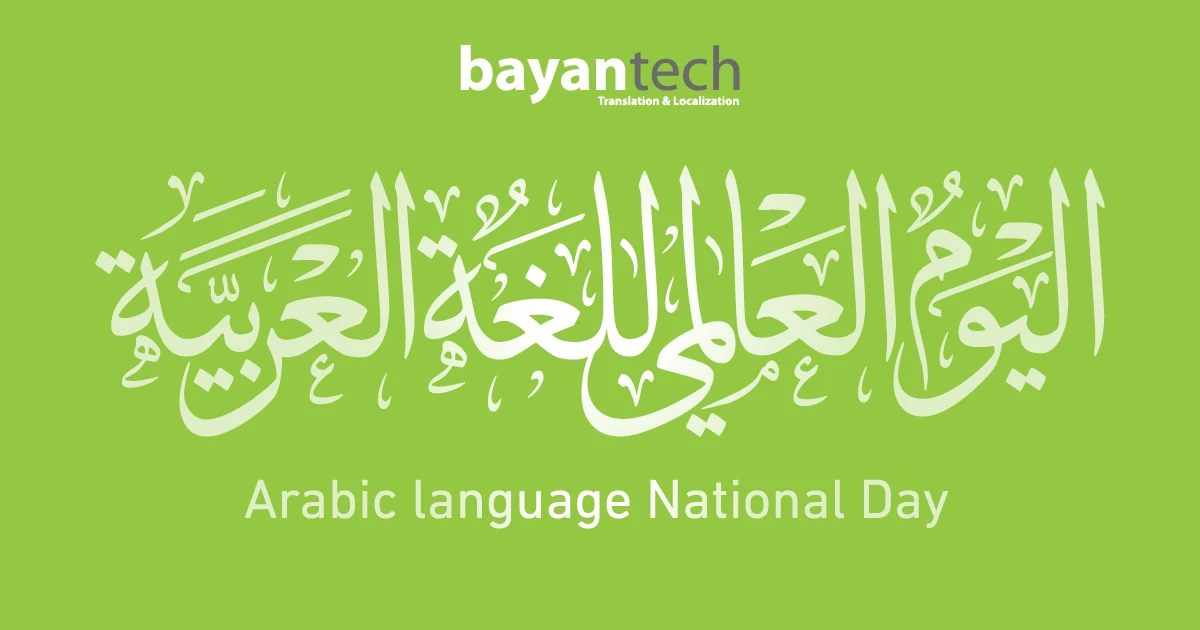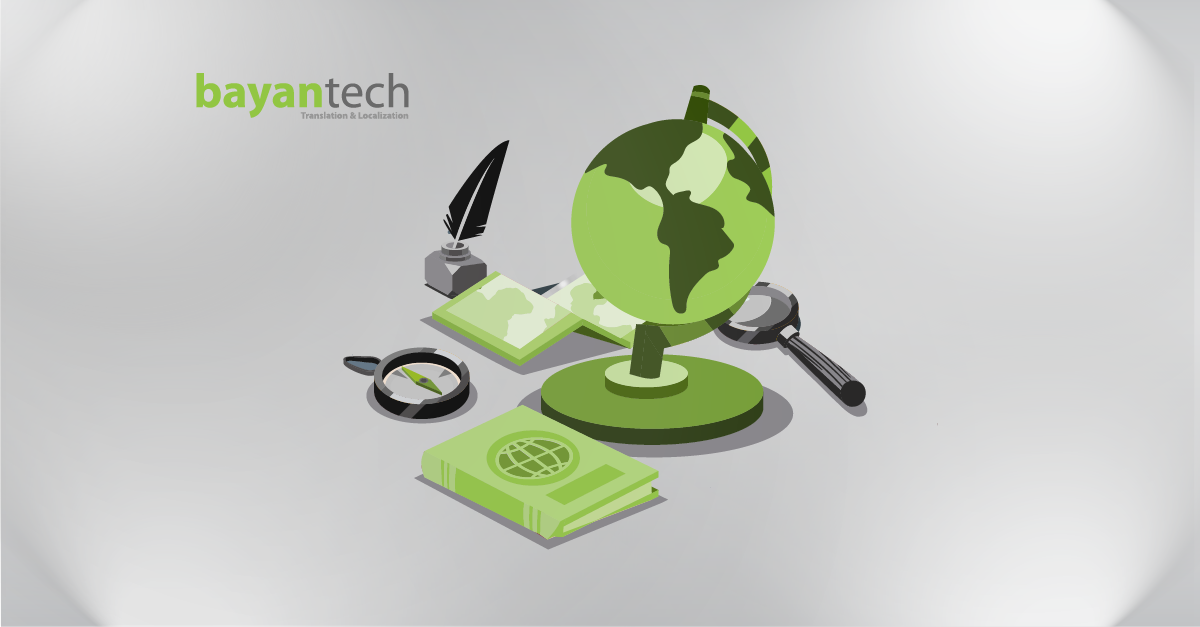According to Wikipedia, Civilization is defined as a complex human society, characterized by its social and cultural development. Development that’s intimately and fundamentally linked to the power of translation.
Starting to see the connection?
It’s no wonder then that Translation and Interpreting (Localization as well), being the greatest strengths of human civilization, are deeply rooted in the very essence of the Ancient Egyptian Civilization, commonly and justifyingly known as The Cradle of Civilization.
Over the years, scholars have argued that the Ancient Egyptians gave birth to the industry of translation and interpreting and others have gone as far as to prove that the Egyptian Civilization helped shape the contemporary translation and localization industry as we know it today.
So, let’s explore this connection between the Ancient Egyptians and Translation.
Rosetta Stone: The First Known Piece of Translation
You must be familiar with these beautiful pictorial signs that are known as Hieroglyphs. Well, basically, this was Ancient Egypt’s writing system. They invented it and used it for as long as their civilization lasted. Over the centuries and to the present day, with hieroglyphs being both a source of fascination and mystery, there have been dedicated efforts to study and decipher them, especially those inscribed on the Rosetta Stone.
Discovered by Napoleon Bonaparte’s army in 1799, the Rosetta Stone is an ancient Egyptian granodiorite stele. More than two decades later, in 1822, the French scholar Jean-François Champollion translated the inscriptions on the stone, which turned out to be a decree issued in 197 B.C. by Ptolemy V and written in 3 different scripts: Egyptian Hieroglyphic, Egyptian Demotic, and Ancient Greek.
The translation of the Rosetta Stone wasn’t only an incredible revelation, with the world finally uncovering even a tiny bit of the mystery of hieroglyphs, but it was a remarkable moment in history that came as a representation of ancient translation efforts.
But this can’t be all on the connection between the Pharaohs and Translation. This is why we’ll be going on a quick journey further back in time, around 3000 B.C. to find out more.
Sign up to our newsletter to receive the latest blogs and news.
How It Started
The need for translation and interpreting came into existence when the Ancient Egyptians had to foster political and economic relations with other civilizations and neighboring populations. The thing that necessitated multilingualism and cross-cultural communication (mirroring the reality of our today’s global world), and consequently required a professional form of translation, or more precisely interpreting.
One of the earliest evidence of language mediators or interpreters dates back to the 6th Dynasty (24th-22nd centuries B.C.), when the Princes of Elephantine was in charge of missions in Nubia, Sudan, and other African regions. The reference to this evidence is mentioned in the inscriptions on Aswan scriptures that showed the term “jmyr(A) aw”, which means supervisor of chief of interpreters, and other titles such as “secret advisor for all business concerning the south of Upper Egypt,” “steward of the southern lands of Upper Egypt”.
It was only natural then that relaying a message between languages required a written form, especially for diplomatic correspondence. And this is where translation entered the picture. Historians and archeologists have found ancient diplomatic correspondence between Egypt and Mesopotamia, translated from the Ancient Egyptian language into the Akkadian dialect.
As you see, the origin of translation can indeed be traced back to the lands of Pharaohs. One can confidently say that these people were ahead of their time. And, it’s not just because they may have started it all, but because of the astonishing parallels between the industry back then and in our today’s world.
Parallels Between Translation and Localization in Ancient Egypt Times and Modern Times
- Translation vs. Interpreting
It was because of their need for both that the Ancient Egyptians had a clear understanding of translation and interpreting. A study has even revealed that there’s evidence the Ancient Egyptians made a fine distinction between the two activities and their required sets of skills. Similarly, today, the language industry is also constantly driven to refocus the blurred lines between translation and interpreting. They are mostly used interchangeably, and often get mistaken for one another, which makes it challenging for people to choose the right service for their business needs.
- Translation Professional Competencies, Training, and ISO Standards
Although the qualifications of a translator/interpreter are a good place to ensure expertise and produce high-quality translations, before and now, it’s skills and development training that guarantees consistent improvement of the quality of translation and interpretation.
This seemingly present-day mindset was primarily adopted by the Ancient Egyptians. They not only established different levels of professional competencies and qualifications that correlated to the required level of training, but there were also accounts of translators/interpreting training that date back to the time of Ramses II and the period of Psammetichus I.
Together with the need for multilingual, specialized diplomatic and legal documents, the Ancient Egyptians operated within what could loosely be a framework that’s quite similar to modern day’s international ISO standards, as research revealed.
- Commercial Translation vs. eCommerce Localization
Today, eCommerce is among the top industries that benefit from professional translation and localization services. In 2021, the global eCommerce sales hit $6 trillion, showing no signs of slowing down as that figure is expected to grow. Most retail giants and even small businesses are expanding across borders and making their websites, eCommerce platforms, and all relevant business documentation available in several languages for their foreign audiences and partners.
Back in the day, things weren’t much different. While translation had a huge role in the political scene in Ancient Egypt, it was also crucial to maintain commercial and socio-economic relationships with different nations. This can be found in letters that were exchanged between Egypt and Babylonia and Assyria of Western Asia, and the vassal states of Syria and Palestine. Written in the dialect of Akkadian (and other languages), these letters revealed the diplomatic and trade cooperation between these nations.
Final Thoughts
Translation has always been an integral part of grand civilizations, and Ancient Egypt is definitely no exception to this rule. The exception, however, is how the Ancient Egyptians were among the very first pioneers, if not THE pioneers, of the translation and localization industry and how strikingly similar the way they harnessed the power of the industry to push for international expansion and cross-border operations to the way we do, this very day.










